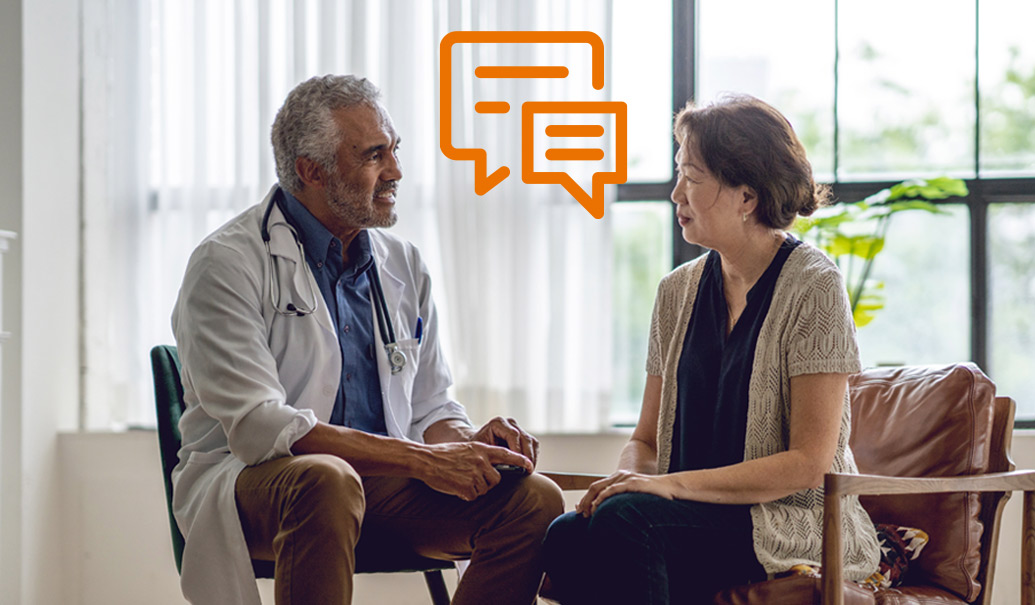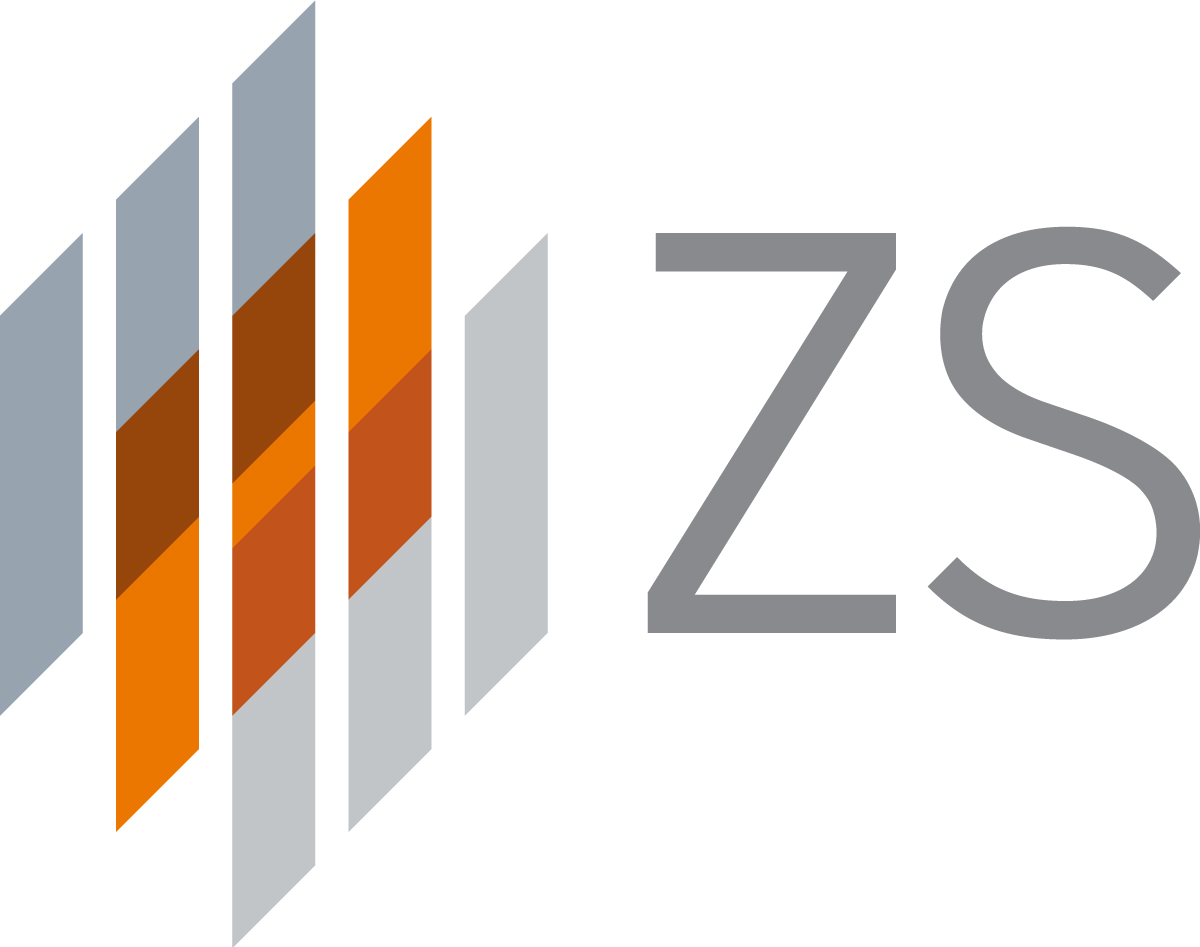ZS partners with clients, suppliers and communities around the world to address the drivers of health equity to improve health outcomes for all and further environmental, social and governance priorities.
Varied disabilities and social, economic and educational backgrounds can affect a patient’s experience with healthcare providers. Poor communication between a patient and provider can create obstacles to quality care and lead to preventable health disparities. That’s why we’ve partnered with AstraZeneca on creating Universal Language Standards to help providers share complex health information with patients in an easily understood and accessible way.
Where passion changes lives
AstraZeneca established the Universal Language Standards in 2019, and updated them in 2021, to include more health literacy guidelines. Recently, ZS has helped AstraZeneca make those guidelines global.
“We took the guidelines that currently exist and expanded the language to address cultural nuances in countries outside the U.S., specifically Germany, Japan, Spain, Mexico and Canada,” says Linda Liao, a strategy insights and planning consultant based in ZS’s New York office. Evolving the guidelines in such a way can help providers adapt the way they communicate to various populations.
“For example, in Japan it is expected to use more formal language when talking to the elderly population. Now that is a guideline consideration we added to the Universal Language Standards. Certain therapeutic areas that have a high percentage of elderly patients may need to write their content with more formal language.”
Based on U.S. industry research, authors of the original Universal Language Standards chose to write the guidelines at a sixth-grade reading level. To expand the guidelines globally, Linda and her team looked to see if there were variations in reading levels around the world. Our research found that while levels were in same range, there are several cultural differences to consider.
“There are three different types of characters in the Japanese language—hiragana, katakana and kanji,” Linda explains. “Kanji is considered more difficult to read, so the Universal Language Standards took this into consideration and recommended writing in kanji less than the other two.”
ZS also developed a patient thesaurus; we identified commonly used medical terms and provided more patient-friendly suggestions. For example, “stomach pain” is easier for patients to understand than “abdominal pain” and should therefore be used in conversations with patients. The same applies with using the words “nurses” or “doctors” instead of “healthcare providers.”
“Healthcare information needs to be understood,” Linda says. “People are going to the doctor and getting more information than they can possibly process in a 20-minute appointment. [Some people also] go online and find information presented in a way that is not intuitive or accessible—information they need. This is people’s lives and their health—it must be accessible.”
Follow us on social media to learn more about how ZSers are using their passion to change lives.
Life at ZS
Add insights to your inbox
We’ll send you content you’ll want to read – and put to use.















